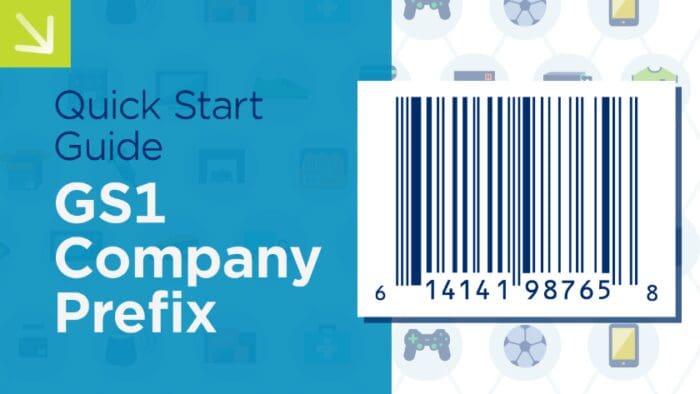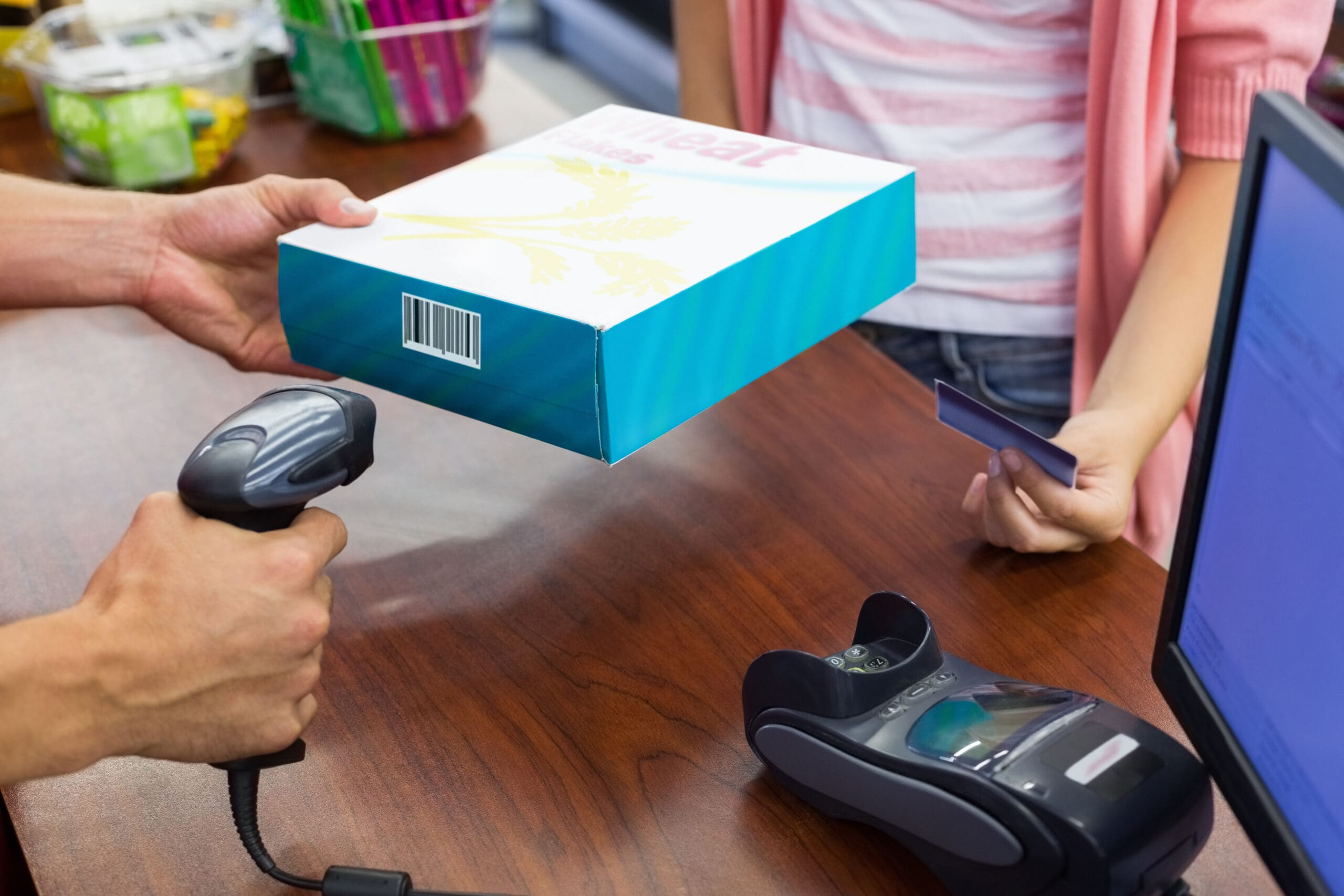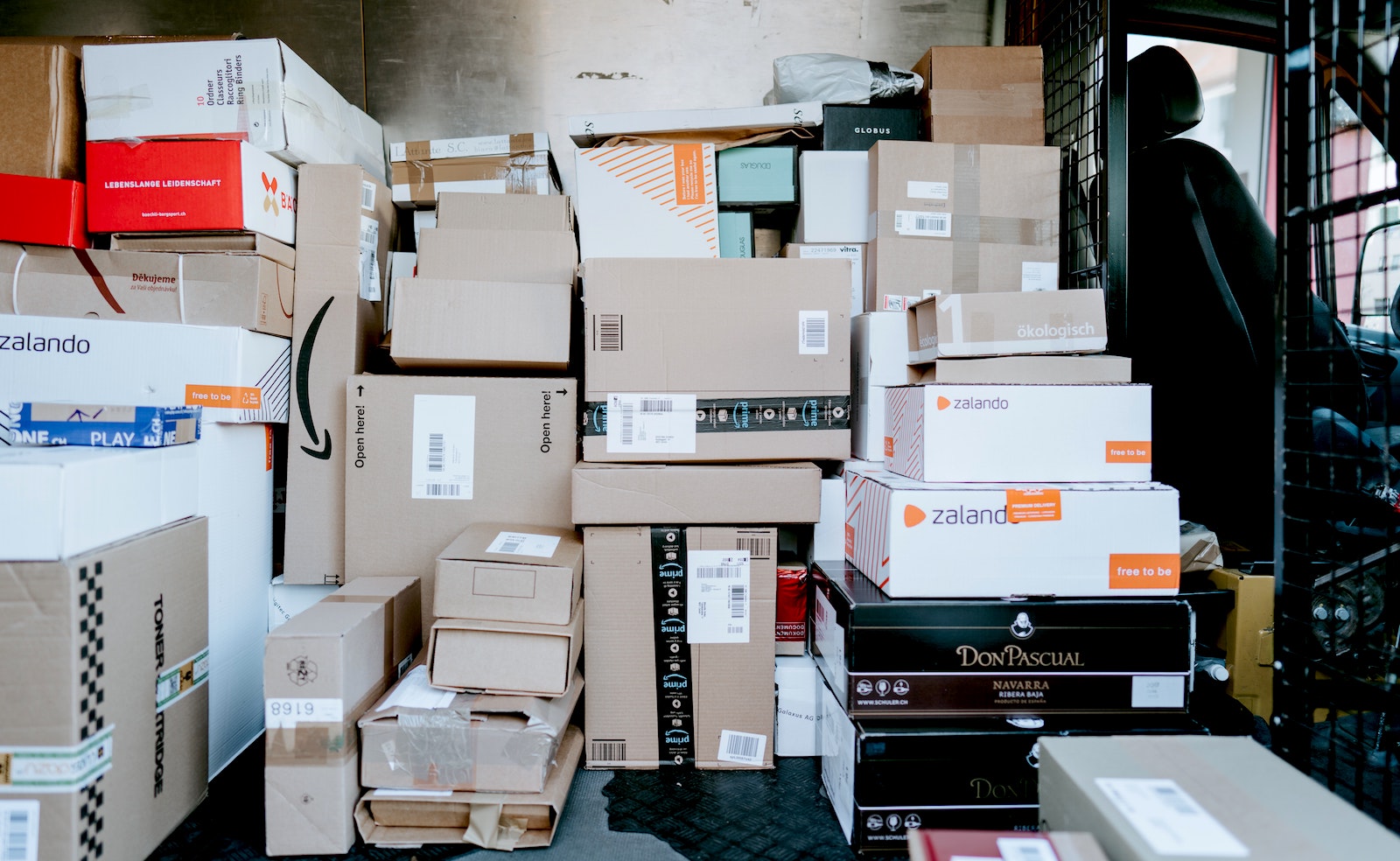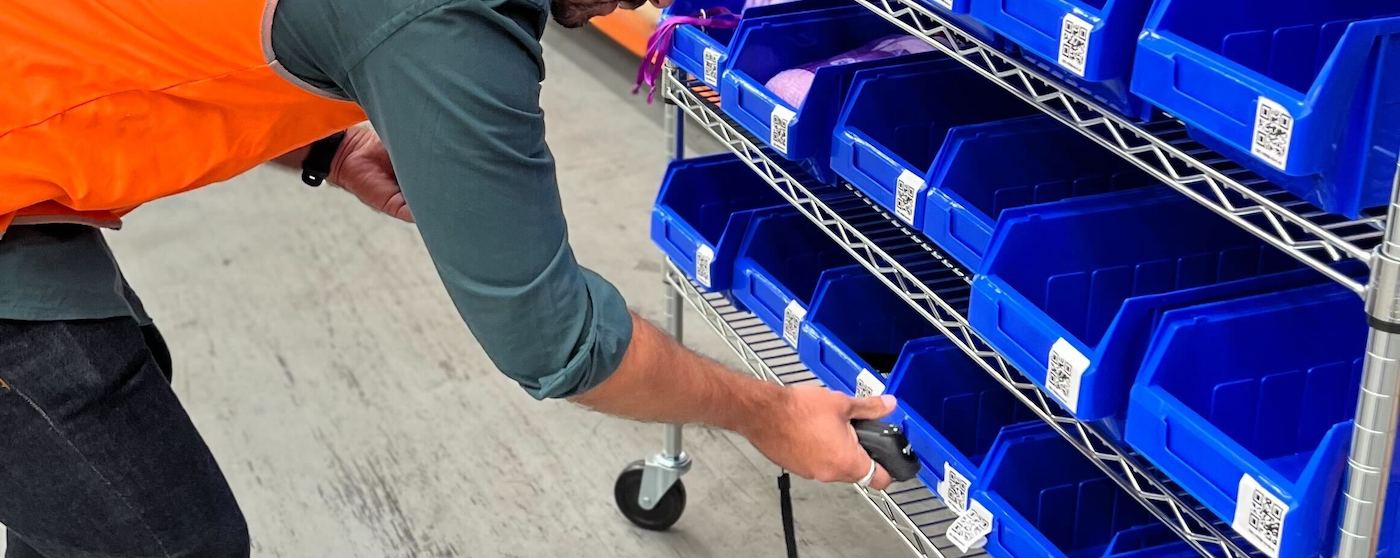Table of Contents
** Minutes
In today’s fast-paced, technology-driven ecommerce world, there are so many ways that brands can scale. Merchants can forge retail partnerships, sell dozens of marketplaces like Amazon and Etsy, and even expand into new countries.
However, scaling comes with complications. For instance, how can your brand track your products across a multi-stage supply chain? How will you identify which product is which to different supply chain stakeholders? How will you distinguish your products on a global scale, or communicate to the world that your business is credible?
To address these concerns and more, many businesses on the verge of expansion choose to leverage the GS1 System of Standards. With GS1 Standards, brands can further standardize and streamline how their products move through the supply chain, as well as demonstrate to the industry that their business is credible, positioned to grow, and capable of fulfilling orders.
In this article, we’ll dive deeper into this time-tested system that has supported the supply chain’s evolution for 50 years, and how your brands can use it to improve its operations.
What is the GS1 System of Standards?
The GS1 System of Standards is a set of information standards that helps businesses improve and streamline their supply chain processes. When a business adopts the GS1 Standards, it makes it easier for them to:
- Identify and distinguish products, as well as other assets like locations
- Capture data about products (most commonly through a barcode scan)
- Share data across stakeholders in a standardized way that makes sense to all parties
3 uses for the GS1 System
There are several benefits to using the GS1 System for ecommerce businesses. Here are some of the most common use cases for the GS1 Standards.
1. Identifying products
Using the GS1 System of Standards, a business can assign unique codes to different things in their supply chain, including products, locations, and containers.
These unique codes help you distinguish one type of product from another, which helps prevent confusion and further digitizes your logistics operations.
There are several GS1 identifiers your brand can use, but by far the most common is the GTIN.
What is a GTIN?
As consumers, we all encounter barcodes when we shop in a retail store, and hear that familiar “beep” at checkout. These barcodes—also known as UPC or GTIN barcodes—are one of the most powerful and widely used supply chain standards in the world.
This type of supply chain standard is managed by the global organisation GS1, represented in the United States by GS1 US.
The most critical piece of the UPC barcode is the Global Trade Item Number (GTIN) encoded into it. A GTIN is an 8-, 12-, 13-, or 14-digit code that is globally unique to the product it is assigned to. This allows retailers and marketplaces to properly catalogue the billions of items currently available for purchase.
Product GTINs are stored in the GS1 Global Registry, allowing marketplaces to verify business owners and help prevent fraud and hijacking. Including GTINs in product listings also ensures that your products will surface in more search engine results, helping your business scale for growth.
For example, consider the business model of Locally.com, an online platform that helps give small stores online visibility. Without being able to uniquely identify products in their listings using the GTIN, the right item may never be shown to the shopper who needs it.


Origin of GTINs
GTINs date back to 1973, when a group of concerned grocery industry executives decided to create a standardized way of making the price lookup process faster and more efficient for store checkout lines. This way, instead of cashiers typing in every individual item price (causing lines to stretch out the door), they could instead scan a barcode that identified the item and remained consistent from store to store.
GS1 US facilitated this collaboration back then, and continues to play a similar role with multiple industries today. The barcode and other GS1 Standards are now an essential part of inventory management, product cataloging, and logistics processes all over the world.
Key industry stakeholders participate in workgroups to determine the best way to apply GS1 Standards to solve today’s most pressing supply chain challenges, such as product traceability, resilience, and becoming more sustainable.
How to create GTINs
Businesses typically create GTINs by licensing a GS1 Company Prefix. This can be an important tool for retailers and logistics partners to verify ownership of GTINs and barcodes.
In recent years, many marketplaces have strongly recommended the use of GTINs that originate directly from a GS1 organisation. Using product identifiers from another source can potentially cause error messages or requests to relabel products from retail partners.
Beth Ann Luke, founder of Coppermill Kitchen, a luxury copperware company, says that getting GTINs from GS1 US was critical to her ability to work with various online retailers. “For our ecommerce business, I started using GTINs not specifically to barcode my products, but to respond to online retailer requests for GTINs in purchase orders,” she said.
Opting for a GS1 Company Prefix also gives users the ability to create other GS1 identifiers that help advance and digitize logistics. Other standard identifiers include:
- Global Location Numbers (GLNs), which are used to identify warehouses, dock doors, store shelves, and other supply chain locations
- Serialized Shipping Container Codes (SSCC)s, which are unique identifiers that can be assigned to a logistics unit such as a carton or pallet.
2. Long-Term Product Data Management
As supply chains continue to evolve digitally, standards matter now more than ever. Product data, once just a “supply chain” issue, is now a strategic asset—even a moneymaker—for all different facets of a business, including marketing and sales.
When accurate product data is structured according to GS1 Standards, it moves through the supply chain without friction. This makes the supply chain more efficient, which in turn makes customers happy, increasing brand loyalty.
It all starts with GS1 US Data Hub, which is a free tool that members get when they license a Company Prefix or a single GS1 US GTIN. Data Hub helps a business owner feel confident that their GTINs are created according to GS1 Standards, and gives users the ability to add the product attributes that customers and retailers demand, such as weights, dimensions, product name, brand name, and images.
Instead of maintaining product data in multiple spreadsheets, business owners can maintain complete and accurate records of all products and their GTINs, securely stored and automatically organised all in one place.


3. Sharing Data Efficiently
As products move through the ecommerce supply chain, it’s important that every supply chain stakeholder understands any data they receive and share. The GS1 System helps standardize information and data in a common structure that all businesses, suppliers, vendors, and stakeholders are familiar with. That way, every party can interpret information efficiently and accurately.
For example, GS1 Standards are applied to EDI (or electronic data interchange). This data exchange language is critical to batch-level order automation, and works in the background of the entire retail supply chain. Many major U.S. retailers and logistics providers require merchants to use EDI when sending and receiving digital documents such as purchase orders (POs), invoices, and advance ship notices (ASNs).
Using GS1 Standards can simplify the sharing of information between parties, which streamlines the supply chain. Without the use of standards, the supply chain (and end consumers) suffers from poor-quality data and an increased likelihood of returns, late shipments, quantity discrepancies, and inventory management confusion.
Ultimately, as supply chains get more and more complex, it’s in a growing business’s best interest to leverage the GS1 Standards’ structure and reliability to achieve higher quality data and simpler operations. For more information about how to get started, please visit http://www.gs1us.org.
Need help fulfilling EDI orders?
When sharing data and processing B2B orders using EDI, GS1 Standard compliance is just one piece of the puzzle. If you’re finding yourself swamped in the complexities of fulfilling retail dropshipping and distribution orders, ShipBob can help.
ShipBob’s B2B suite is integrated with the leading EDI provider SPS Commerce, so your brand can automate B2B order fulfilment and satisfy each retailer’s compliance guidelines. This way, merchants can easily dropship and distribute brick-and-mortar orders with dozens of major retailers, including Target, Ulta, Macy’s and more.
Best of all, your purchase orders are automatically pulled into ShipBob’s cloud-based platform to create new B2B orders, packing slips, and GS1 barcodes for you.
If you want to learn more, click the button below to get in touch with a B2B fulfilment expert.



